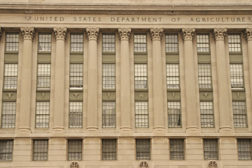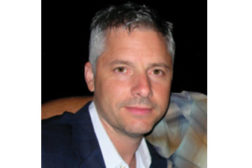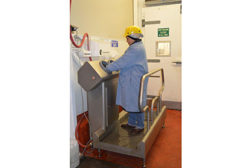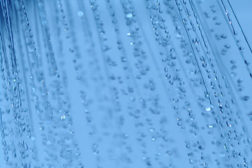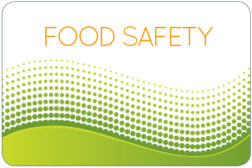Food Safety
SPECIAL REPORT | STATE OF THE INDUSTRY
Making strides, with work still to do
2013 State of the Industry: Food Safety
Read More
Protein Problem Solver
Preventing ‘shortcuts’ in employee hygiene practices
Advanced hygiene stations ensure employee compliance with sanitation procedures.
September 23, 2013
Nanotechnology for food safety
Within the next five to 10 years, many biosensors will find routine, practical food-safety application, says Sundaram Gunasekaran of the University of Wisconsin-Madision.
Read More
Stay ahead of the curve. Unlock a dose of cutting-edge insights.
Receive our premium content directly to your inbox.
SIGN-UP TODAYCopyright ©2025. All Rights Reserved BNP Media.
Design, CMS, Hosting & Web Development :: ePublishing

